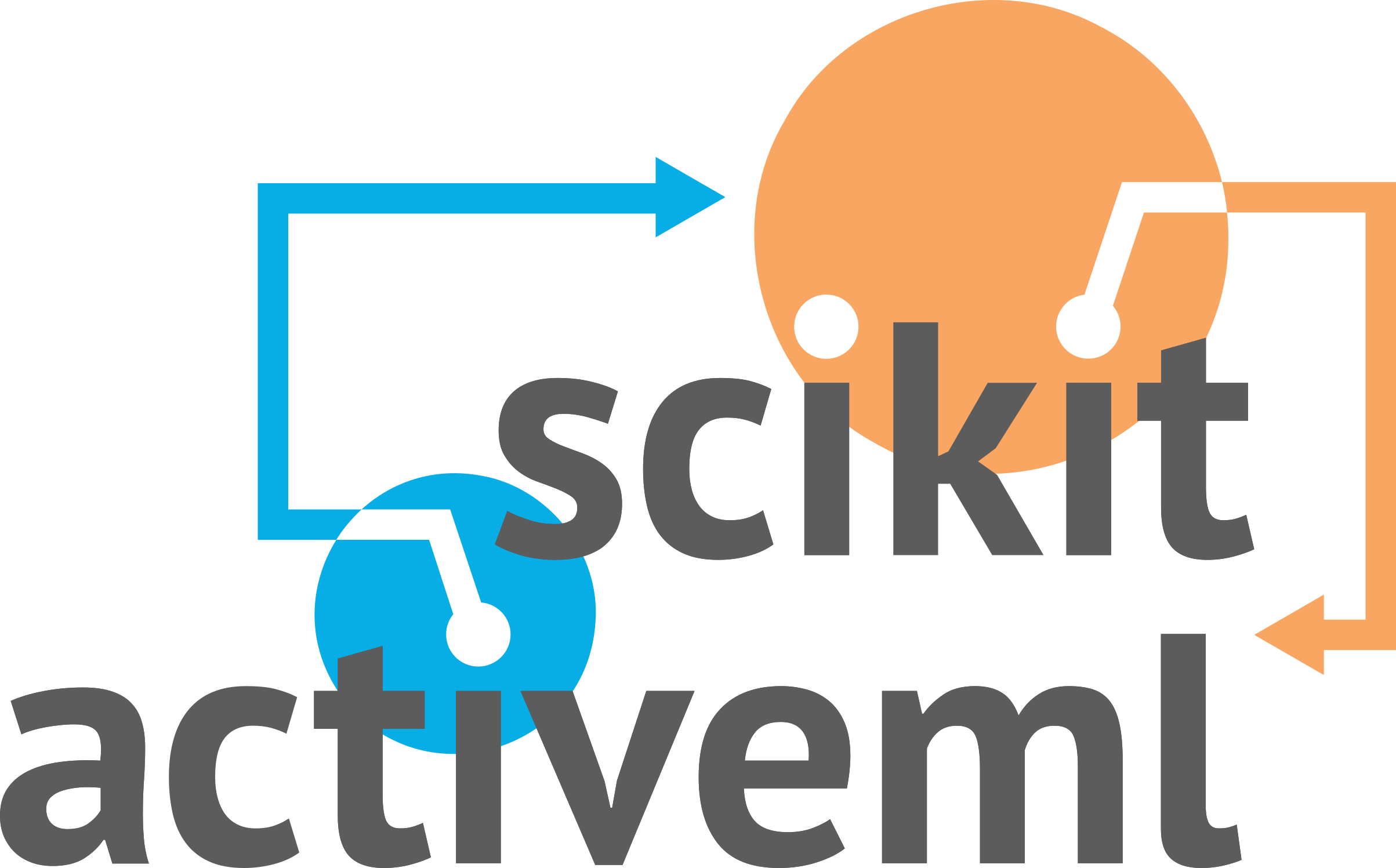"""
Module implementing the pool-based query strategy `DropQuery`.
"""
import numpy as np
from sklearn import clone
from sklearn.cluster import KMeans
from ..base import SingleAnnotatorPoolQueryStrategy, SkactivemlClassifier
from ..utils import (
MISSING_LABEL,
check_type,
check_equal_missing_label,
rand_argmax,
check_scalar,
)
[docs]
class DropQuery(SingleAnnotatorPoolQueryStrategy):
"""Dropout Query (DropQuery)
This class implements the query strategy Dropout Query (DropQuery) [1]_
that incorporates both uncertainty and sample diversity into every selected
batch. For this purpose, unlabeled samples are filtered according to a
disagreement-based measure via dropout such that only the unlabeled samples
with a disagreement above a threshold are clustered for selecting the
unlabeled samples nearest to the respective clusters.
Parameters
----------
dropout_rate : float, default=0.75
Dropout rate used to generate samples.
n_dropout_samples : int, default=3
Number of dropout samples.
cluster_algo : ClusterMixin.__class__, default=KMeans
The cluster algorithm to be used. It must implement a `fit_transform`
method, which takes samples `X` as inputs, e.g.,
`sklearn.clustering.KMeans` and `sklearn.clustering.MiniBatchKMeans`.
cluster_algo_dict : dict, default=None
The parameters passed to the clustering algorithm `cluster_algo`,
excluding the parameter for the number of clusters.
n_cluster_param_name : string, default="n_clusters"
The name of the parameter for the number of clusters.
clf_embedding_flag_name : dict or str or None, default=None
Flag, which is passed to the `predict` method for
getting the (learned) sample representations.
- If `clf_embedding_flag_name is None` and `predict` returns
only one output, the input samples `X` are used.
- If `clf_embedding_flag_name is None` and `predict` returns
two outputs, `(y_pred, embeddings)` are expected as outputs.
- If `isinstance(clf_embedding_name, str)`, we call::
clf.predict(X, **{clf_embedding_flag_name: True})
and expect `(y_pred, embeddings)` as output.
- If `isinstance(clf_embedding_name, dict)`, we call::
clf.predict(X, **clf_embedding_flag_name)
and expect `(y_pred, embeddings)` as output.
missing_label : scalar or string or np.nan or None, default=np.nan
Value to represent a missing label.
random_state : None or int or np.random.RandomState, default=None
The random state to use.
References
----------
.. [1] S. R. Gupte, J. Aklilu, J. J. Nirschl, and S. Yeung-Levy,
"Revisiting Active Learning in the Era of Vision Foundation Models."
Trans. Mach. Learn., 2024.
"""
def __init__(
self,
dropout_rate=0.75,
n_dropout_samples=5,
cluster_algo=KMeans,
cluster_algo_dict=None,
n_cluster_param_name="n_clusters",
clf_embedding_flag_name=None,
missing_label=MISSING_LABEL,
random_state=None,
):
self.dropout_rate = dropout_rate
self.n_dropout_samples = n_dropout_samples
self.cluster_algo = cluster_algo
self.cluster_algo_dict = cluster_algo_dict
self.n_cluster_param_name = n_cluster_param_name
self.clf_embedding_flag_name = clf_embedding_flag_name
super().__init__(
missing_label=missing_label, random_state=random_state
)
[docs]
def query(
self,
X,
y,
clf,
fit_clf=True,
sample_weight=None,
candidates=None,
batch_size=1,
return_utilities=False,
):
"""Query the next samples to be labeled.
X : array-like of shape (n_samples, n_features)
Training data set, usually complete, i.e. including the labeled and
unlabeled samples.
y : array-like of shape (n_samples,)
Labels of the training data set (possibly including unlabeled ones
indicated by `self.missing_label`.)
clf : skactiveml.base.SkactivemlClassifier
Classifier implementing the methods `fit` and `predict`.
fit_clf : bool, default=True
Defines whether the classifier `clf` should be fitted on `X`, `y`,
and `sample_weight`.
sample_weight : array-like of shape (n_samples,), default=None
Weights of training samples in `X`.
candidates : None or array-like of shape (n_candidates,) of type \
int, default=None
- If `candidates` is `None`, the unlabeled samples from
`(X,y)` are considered as `candidates`.
- If `candidates` is of shape `(n_candidates,)` and of type
`int`, `candidates` is considered as the indices of the
samples in `(X,y)`.
batch_size : int, default=1
The number of samples to be selected in one AL cycle.
return_utilities : bool, default=False
If true, also return the utilities based on the query strategy.
Returns
-------
query_indices : numpy.ndarray of shape (batch_size,)
The query indices indicate for which candidate sample a label is
to be queried, e.g., `query_indices[0]` indicates the first
selected sample. The indexing refers to the samples in `X`.
utilities : numpy.ndarray of shape (batch_size, n_samples)
The utilities of samples after each selected sample of the batch,
e.g., `utilities[0]` indicates the utilities used for selecting
the first sample (with index `query_indices[0]`) of the batch.
Utilities for labeled samples will be set to np.nan. The indexing
refers to the samples in `X`.
"""
# Check `__init__` and `query` parameters.
X, y, candidates, batch_size, return_utilities = self._validate_data(
X, y, candidates, batch_size, return_utilities, reset=True
)
X_cand, mapping = self._transform_candidates(
candidates, X, y, enforce_mapping=True
)
check_scalar(
self.dropout_rate,
name="dropout_rate",
min_val=0.0,
max_val=1.0,
min_inclusive=False,
max_inclusive=False,
target_type=float,
)
check_scalar(
self.n_dropout_samples,
name="n_dropout_samples",
min_val=3,
min_inclusive=True,
target_type=int,
)
check_type(
self.cluster_algo_dict, "cluster_algo_dict", (dict, type(None))
)
cluster_algo_dict = (
{}
if self.cluster_algo_dict is None
else self.cluster_algo_dict.copy()
)
check_type(self.n_cluster_param_name, "n_cluster_param_name", str)
check_type(clf, "clf", SkactivemlClassifier)
check_type(fit_clf, "fit_clf", bool)
check_equal_missing_label(clf.missing_label, self.missing_label_)
predict_proba_kwargs = {}
if self.clf_embedding_flag_name is not None:
check_type(
self.clf_embedding_flag_name,
"clf_embedding_flag_name",
dict,
str,
)
if isinstance(self.clf_embedding_flag_name, str):
predict_proba_kwargs = {self.clf_embedding_flag_name: True}
else:
predict_proba_kwargs = self.clf_embedding_flag_name
# Fit the classifier, if requested.
if fit_clf:
if sample_weight is not None:
clf = clone(clf).fit(X, y, sample_weight)
else:
clf = clone(clf).fit(X, y)
# Compute predictions and optionally embeddings for original samples.
y_pred = clf.predict(X_cand, **predict_proba_kwargs)
if isinstance(y_pred, tuple):
y_pred, X_embed = y_pred
else:
X_embed = X_cand
# Number of candidate samples.
n_candidates = len(X_cand)
# Prepare an array to hold the dropout predictions.
y_pred_dropout = np.empty(
(n_candidates, self.n_dropout_samples), dtype=object
)
# Loop over the number of dropout inferences.
for i in range(self.n_dropout_samples):
# Copy the candidates so as not to modify the original data.
X_dropout = X_cand.copy()
# Generate and apply the dropout mask.
dropout_mask = self.random_state_.choice(
[True, False],
size=X_dropout.shape,
p=[self.dropout_rate, 1 - self.dropout_rate],
)
X_dropout[dropout_mask] = 0.0
# Compute class predictions for this dropout sample.
y_pred_dropout_current = clf.predict(X_dropout)
if isinstance(y_pred_dropout_current, tuple):
y_pred_dropout_current, _ = y_pred_dropout_current
y_pred_dropout[:, i] = y_pred_dropout_current
# Filter candidates for clustering based on disagreement.
n_disagrees = (y_pred[:, None] != y_pred_dropout).sum(axis=-1)
disagree_rate = n_disagrees.astype(float) / self.n_dropout_samples
n_threshold_samples = max(((disagree_rate > 0.5).sum(), batch_size))
prefiltered_indices = np.argsort(disagree_rate)[-n_threshold_samples:]
# Perform clustering to get centroids.
cluster_algo_dict[self.n_cluster_param_name] = batch_size
cluster_obj = self.cluster_algo(**cluster_algo_dict)
dist = cluster_obj.fit_transform(X_embed[prefiltered_indices], y=None)
# Determine `query_indices` of the samples being closest to the
# respective centroids.
query_indices = []
utilities = np.full((batch_size, len(X)), fill_value=np.nan)
for b in range(batch_size):
utilities[b][mapping] = -np.inf
utilities[b][mapping[prefiltered_indices]] = -dist[:, b]
utilities[b][query_indices] = np.nan
idx_b = rand_argmax(utilities[b], random_state=self.random_state_)
query_indices.append(idx_b[0])
query_indices = np.array(query_indices, dtype=int)
if return_utilities:
return query_indices, utilities
else:
return query_indices
